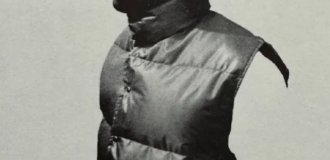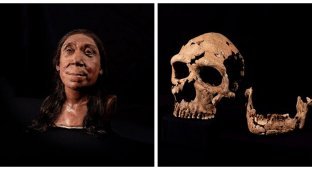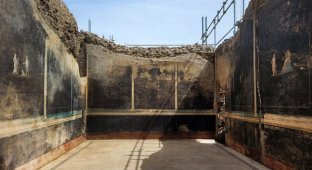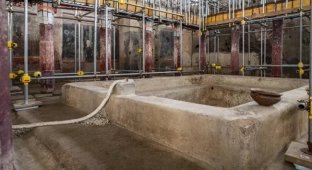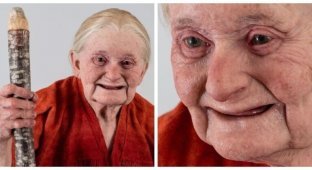The amazingly modern face of a woman who lived several hundred years before the Trojan War (3 photos)
A digital reconstruction has recreated the appearance of a princess who lived in Mycenae, Greece, 3,500 years ago. And this Late Bronze Age face is strikingly similar to ours today. 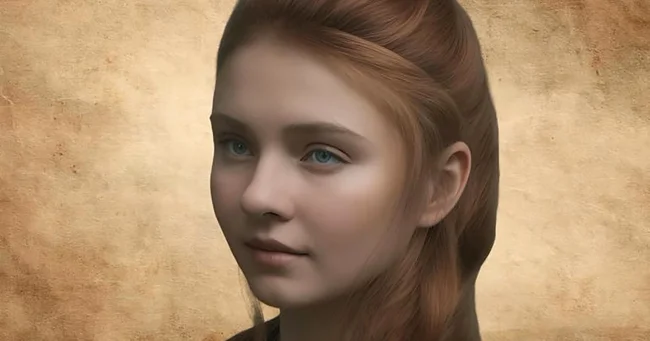
Archaeologists discovered the remains in the 1950s in a royal cemetery in Mycenae. The woman was about 35 years old when she died, and lived between the 16th and 17th centuries BC.
Mycenae is an ancient city in Argolis, southern Greece. In Homer's epic poems, Mycenae was ruled by the legendary king Agamemnon, who led the Greek forces in the Trojan War.
Historian Emily Hauser, who initiated the digital reconstruction, told the Observer: “It looks incredibly modern. I was amazed. It’s the first time we’ve seen the face of a woman from the kingdom associated with Helen of Troy. Helen’s sister, Clytemnestra, was said to have been the queen of Mycenae, where Homer believed the Greeks set out to fight the Trojan War.” 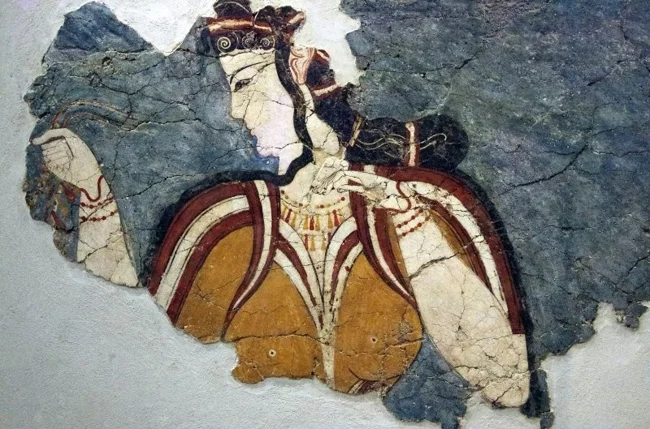
Hauser, a senior lecturer in classics and ancient history at the University of Exeter, added that the princess died at the beginning of the Late Bronze Age, several hundred years before the Trojan War is thought to have begun.
"The woman's bones show that she suffered from arthritis. This may be due to constant weaving, a common and physically demanding occupation among women, which we see Helen doing in the Iliad." 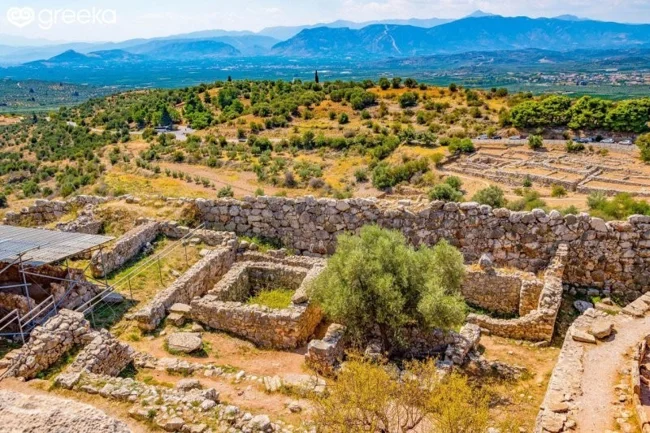
An ancient Greek woman was buried with a gold mask and a set of weapons, including three swords, which were thought to belong to a man buried next to her. Their physical resemblance had previously been noted, but only DNA analysis definitively confirmed that they were brother and sister.
"This person was buried here by birthright, and not as someone's wife, which speaks to her high status. New data confirms that in Late Bronze Age burials, significantly more so-called warrior kits belong to women than men. This completely changes our understanding of how women were perceived in the context of warfare," the historian added.
Digital artist Juanjo Ortega G. created the image based on a clay reconstruction made by the University of Manchester in the 1980s.
Thanks to innovations in forensic anthropology, DNA analysis, radiocarbon dating and 3D printing, reconstructions of ancient people have become more accurate.
